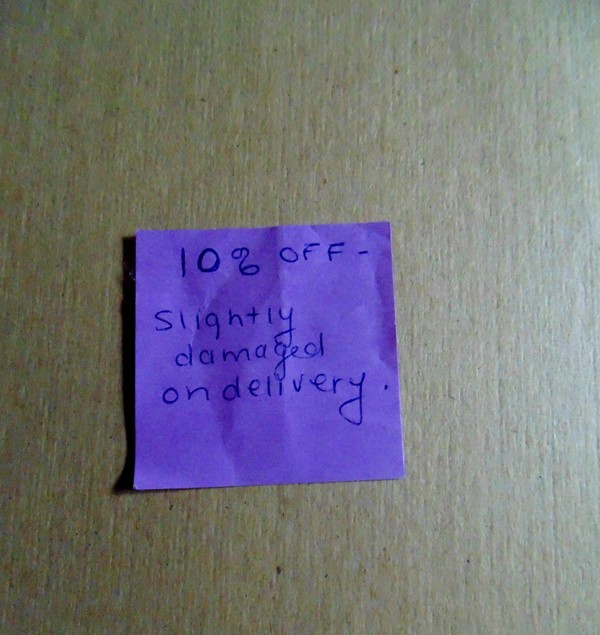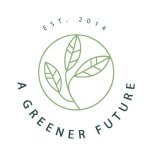
We dammed their streams and built overtop them then decided we wanted them back. We decided we wanted to rehabilitate what we called “our urban streams.”
It was not possible to count the returning chum in Still Creek behind Canadian Tire because we were 30 feet away, the closest we could get behind the Vancouver Film Studios white safety gates, and they were swimming under water and glare from the overcast sky. In what we with binoculars noted to be a pebble bed, we saw brown tails swishing as the females pitched stones away to form redds; occasionally we saw splashes. It was nothing to watch, except for its significance in a time of natural disasters and pestilence. The side of the stream was just scrub, plastic bags caught on half-dead shrubs, a dead salmon eddying on its side.
A fish swam back from the gravel bed towards us. It was grey and covered in white lesions that looked fungal. These might have been battering wounds; salmon produced a stress hormone to marshal enough energy to make the swim, from open ocean to east Vancouver, to Burnaby, salmon on steroids, leaping uphill, but when they finished spawning, it was that same hormone flooding their cells that killed them.
We were almost at the end of the city, where, in 2006, fry had been released. People then—community do-gooders—wondered if this urban stream, which ducked under roads and buildings, could actually carry the fry out to sea. And here they were, now, finally, life cycles finishing, the worse for wear. People beside me, balding men in caps and women with jaunty ponytails, and kids holding the bars, wondered where had they been?
I consulted diagrams charting chum and sockeye migration routes and reported back that these salmon had probably circled through half the Pacific. How irradiated were they? Were the cankers on their sides possibly radiation burns?
As local scientists had noted, the fish don’t swim anywhere near Japan, although currents travel 10K a day, and so, by rough estimate, it would take 1.25 years from the March, 2011, Daiichi nuclear meltdown for these chum to have swum to irradiated water. It would take 1.25 years from meltdown for those irradiated currents to reach Vancouver.
It was, now, as we stood looking at Still Creek by the white bars of Vancouver Film Studios, 2.5 years from meltdown. People wanted to know: should we be eating Pacific salmon?
We did a little straw poll. Who still ate salmon? Most hands went up. A kid said, “Yuck,” which was how I had felt, too, at his age. But then someone wanted to know whether, aside from radiation concerns, spawning salmon were edible. I said I thought they deteriorated when they left the salt. I said I believed they began to taste like mud.
The child said obviously bears disagreed. And then he pretended he was a bear, moving his hands up into claws. He said, “Grr!”
♦
Jane Eaton Hamilton is the author of eight books of short fiction and poetry. Her memoir Mondays are Yellow, Sundays are Grey, retitled No More Hurt, was a Sunday Times bestseller and included on the Guardian’s Best Books of the Year list. She is the two-time winner of Canada’s prestigious CBC Literary Award for fiction (2003/2014). Her work is included in The Journey Prize Anthology, Best Canadian Short Stories and appears in publications such as Salon, NY Times, Seventeen Magazine, MS blog, Full Grown People, Macleans, Numero Cinq and many others. Her poetry volume Love Will Burst Into a Thousand Shapes came out in fall 2014 and a novel, Weekend, will be released in spring 2016. She is also a photographer and visual artist. She lives in Vancouver.
She can be found at www.janeeatonhamilton.wordpress.com



Great story!
LikeLike
I agree. So good to get a view of ‘there’… inspired by a note from ‘here’.
LikeLike